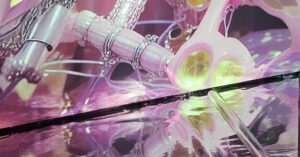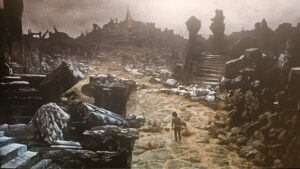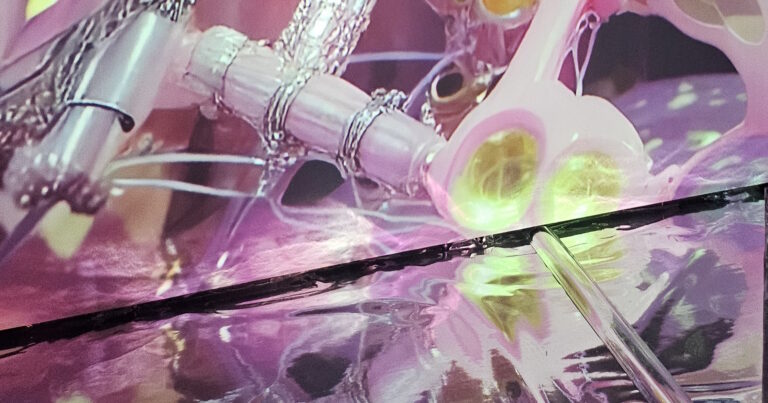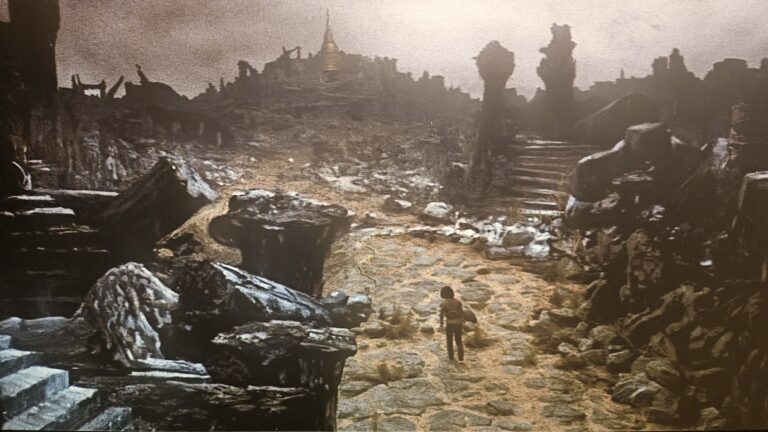Bologna, 1490 – 1530
When Giorgio Vasari wrote about the Lives of contemporary artists, he included four women in its Part IV: Plautilla Nelli, Lucrezia Quistelli, Sofonisba Anguissola and Properzia de’ Rossi, the titular leader of the chapter including the others. Properzia isn’t as well known as Sofonisba, and why should she? She’s only the first woman sculptor ever accounted for and, to top it all off, her presence is accounted on one of the most important construction sites of her time. Her face is thought to be shown in a contemporary painting.
As you can imagine, Vasari doesn’t take kindly to this attitude. In writing about her, he says she “dared to put her tender and candid hands at the rough marbles and harshness of iron” so yeah, fuck him. Her presence is accounted for on the prestigious construction site of San Petronio in Bologna between January 1525 and July 1526, when the Fabbricceria compensated her for sculptures of sibillas, angels and more complex work for the facade portals. The construction sites at the time were highly collaborative places where more than one craftsperson contributed to the same piece. Therefore, it’s difficult to identify which might have been the specific pieces Properzia worked on. There’s an extensive database of photographic evidence curated by the Cultural Heritage, but Properzia obviously isn’t mentioned.
The only work she’s unequivocally credited for outside of the database is Joseph and Potiphar’s wife, a history in the Bible where Joseph is sold to Potiphar as a slave and the master’s wife falsely accuses him of trying to rape her after he had rejected her seduction attempts. The work is attested as her own because Vasari spins a story about Properzia using the subject to vent her own frustration at unrequited love. Considering the amount of bullshit he usually makes up around female artists, you’ll forgive me if I don’t give too much credit to this account.
If her professional choices were unusual, her personal life wasn’t much more traditional, and the biographical accounts we have of her come from reports in the judicial system. In 1520 she destroyed a neighbour’s property along with one Anton Galeazzo Malvasia, allegedly her concubine, and in 1522 she took part in a brawl with fellow artist Domenico Francia, in which they both scratched the face of another painter, one Vincenzo Miola.
She eventually was hospitalised at San Giobbe, allegedly afflicted by syphilis, and drafted her will in 1529. Pope Clemente VII wanted to meet her upon his visit to Bologna for the coronation of Charles V, but he couldn’t make it: she died in 1530 and was buried in the so-called Hospital of Death.















No Comments